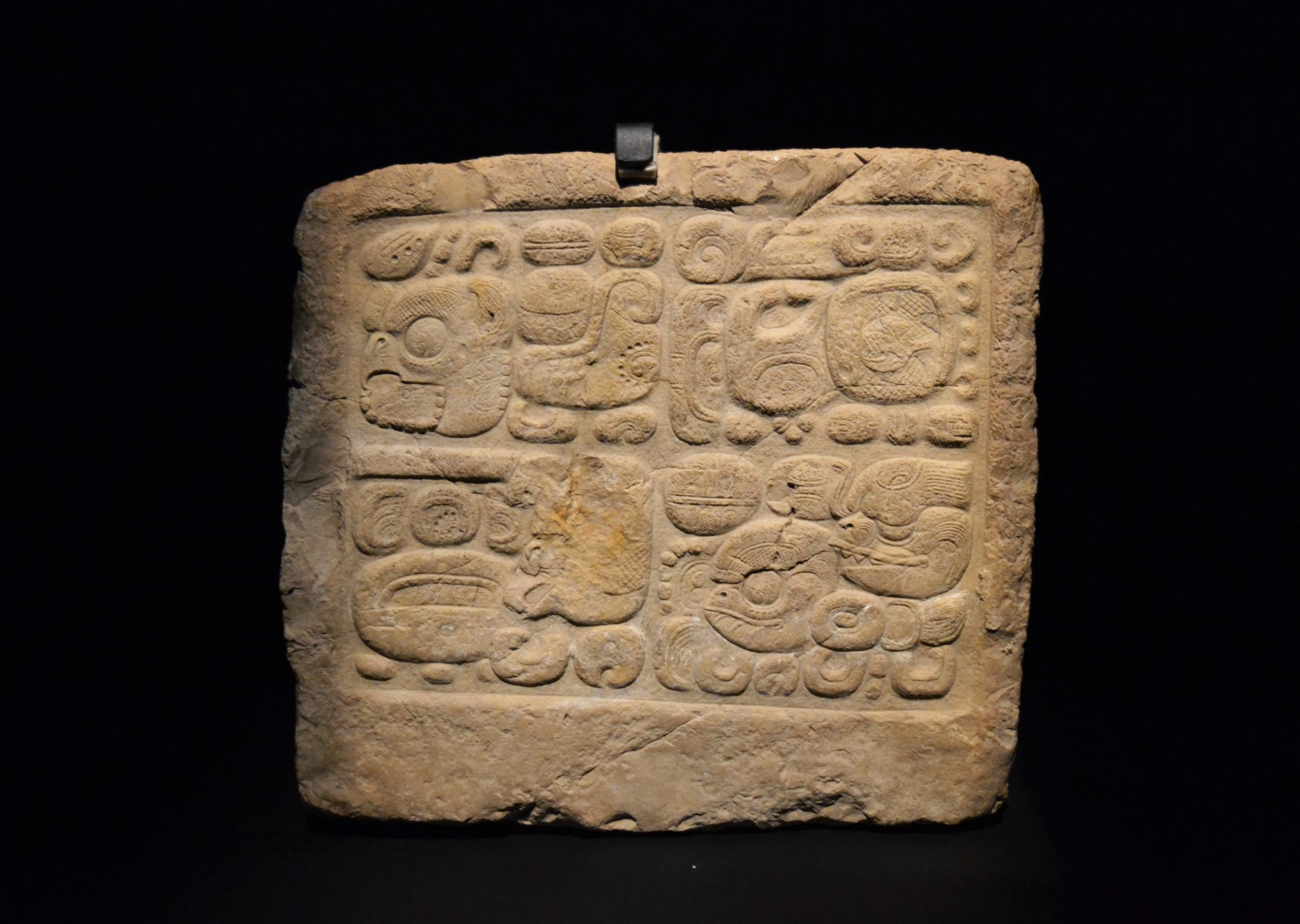Zapote Bobal, a term coined in the 1970s by archaeologist Ian Graham, refers to a significant pre-Columbian Maya archaeological site located in the Petén department of Guatemala. The site, initially shrouded in archaeological obscurity, gained prominence in 2003 when epigrapher David Stuart identified it as the historical Hix Witz, or “Jaguar Hill,” a name frequently mentioned in the inscriptions of other Maya sites such as Piedras Negras and Yaxchilan. This discovery led to the initiation of the Proyecto Peten Noroccidente (PNO), directed by James Fitzsimmons and Laura Gamez, aimed at exploring the depths of this ancient city’s history and its role within the Maya civilization.
Get your dose of History via Email
Archaeological and Architectural Insights
Zapote Bobal, constructed atop a natural hill, features a city center with a royal palace, several temple-pyramids, and elite residences, surrounded by numerous mound groups, including a notable pyramid standing 35 meters tall. Despite its grand scale, evidence suggests that the city center experienced a relatively brief period of occupation, flourishing for only 200 years before its decline around AD 800. This contrasts sharply with other Maya sites of the Classic Period, which typically boast long histories of occupation. The discovery of over 400 buildings within a 2.5-kilometer radius of the city center indicates a dense pre-existing settlement, suggesting the imposition of a new center upon an older sociopolitical landscape, possibly hinting at dynastic splits or social upheavals.
Connections and Political Dynamics
Throughout the Late Classic period (AD 600-900), Zapote Bobal emerged as the nucleus of a kingdom encompassing sites like Pajaral and possibly La Joyanca, ruled by a succession of kings named Chan Ahk. Unlike other Maya kings who bore the title “k’uhul ajaw” or “holy lord,” the rulers of Zapote Bobal solely used “ajaw,” possibly reflecting their relatively nascent status and the pressures from established neighboring sites. The city’s connections with other major Maya sites were complex, involving alliances, conflicts, and refuge for nobility from sites like Dos Pilas. Research suggests a significant relationship between Zapote Bobal and its northern neighbor, El Perú, further emphasizing its role as a “crossroads” city within the Maya world.

Future Research Directions
The ongoing archaeological and epigraphic research at Zapote Bobal promises to illuminate the city’s rapid rise and fall, its political dynamics, and its interactions with neighboring kingdoms. The PNO project’s findings, including the discovery of 44 monuments with hieroglyphic inscriptions, have already shed light on the city’s history and its regional connections. The exploration of Zapote Bobal not only contributes to our understanding of the Maya civilization but also highlights the city’s role in the broader sociopolitical landscape of the Late Classic period.
In conclusion, Zapote Bobal, or Hix Witz, stands as a testament to the complexity and dynamism of the Maya civilization. Its study offers invaluable insights into the political, social, and architectural innovations of the Maya, providing a clearer picture of the intricate web of relationships that defined the ancient Maya world. As research continues, the mysteries of Zapote Bobal will further unravel, offering a deeper understanding of this fascinating pre-Columbian kingdom.
